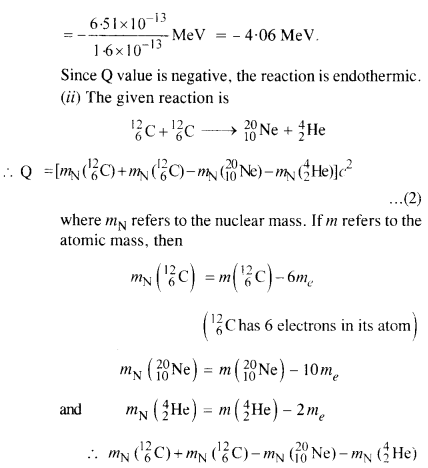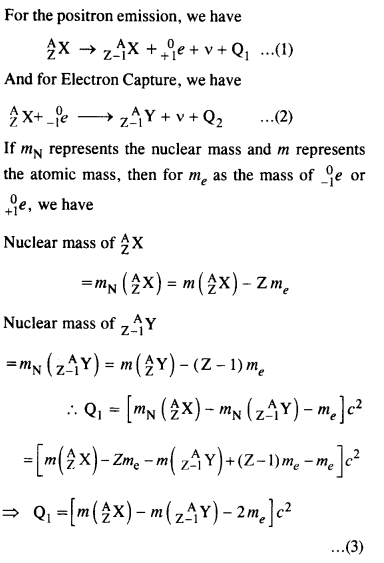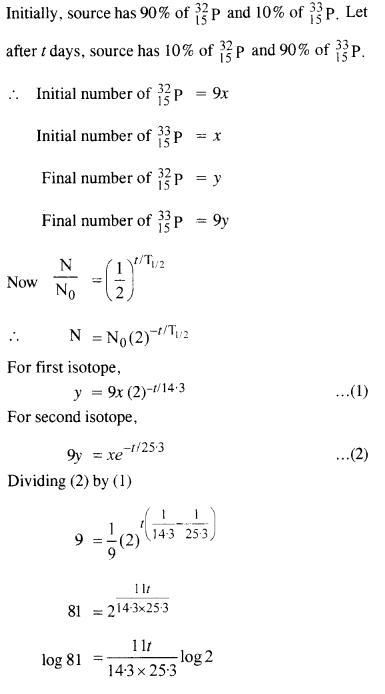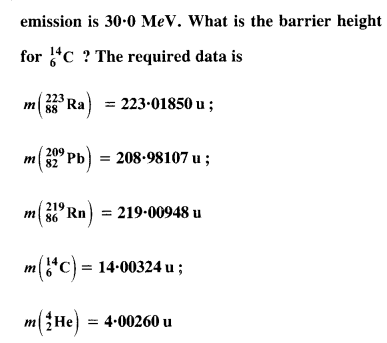NCERT Solutions for Class 10 Social Science History Chapter 6 Work, Life and Leisure
These Solutions are part of NCERT Solutions for Class 10 Social Science. Here we have given NCERT Solutions for Class 10 Social Science History Work, Life and Leisure.
TEXTBOOK EXERCISES
Question 1.
Give two reasons why the population of London expanded from the middle of the eighteenth century.
Answer:
(i) Industrialisation was the most important factor which attracted people to London.
(ii) The textile industry of London attracted a large number of migrants, fit The city of London attracted people from all walks of life like clerks, shopkeepers, soldiers, servants, labourers, beggars, etc.
Question 2.
What were the changes in the kind of work available to women in London between the nineteenth and the twentieth centuries?
Answer:
Earlier in the late eighteenth and early nineteenth centuries, women used to work in factories. But with technological developments, women gradually lost their industrial jobs and were forced to adopt the following types of jobs:
- They worked within households. Thus according to the 1861 census, there were a quarter of a million domestic servants in London of whom the vast majority were women. Many of them were recent migrants.
- A large number of women used their homes to increase family income by taking in lodgers or through such activities as tailoring, washing or matchbox making.
- There was a change once again in the twentieth century. Women got employment in war-time industries and offices. They withdrew from domestic service.
Question 3.
How does the existence of a large urban population affect each of the following? Illustrate with historical examples.
(a) A private landlord
(b) A Police Superintendent in charge of law and order
(c) A leader of a political party.
Answer:
(a) Effects of large urban population over a private landlord: As a result of industrialization, a large number of people from the rural areas moved to London, thereby increasing the population of London manifold. Such a situation created many problems for most of the residents of London.
However, some sections of the society, such as the private landlords stood to gain. They sold their land to the needy people a: very high rates. They built cheap tenements on their land, rented them to the poor workers, and amassed quite large sums of money as rents,
(b) Effects of large urban population on a police superintendent: A large urban population of London created many problems for the Police Superintendent, who was in charge of law and order
(i) The overcrowding of London led to the growth of crime in that city According to one estimate. there were about 20.000 criminals living in London in the 1870s. The presence of such a large number of criminals in London created a serious law and order problem for the Police Superintend.
(ii) When a fire in the slums burnt down many small tenements and killed many people, the police had a hard Time to control the situation.
(iii) Many movements of the workers for better wages, better housing facilities and Just voting rights meant a great headache for the police.
(c) Effects of a Large Urban Population on a Leader of a Political Party: A large City population was a great threat to the law and order of the city. The political parties could easily instigate such crowds to any agitation against the government. Most political movements of the 19th century, like the Chartist movement for the right to vote for every adult and 10 hours movement, etc., were the direct results of the overcrowding of London.
Question 4(a).
Give explanations for the following :
(а) Why well-off Londoners supported the need to build housing for the poor in the nineteenth century?
Answer:
(a) (i) Living in slums was very dangerous for the labourers. They lived upto an average age of 29 years as compared to the average life expectancy of 55 among the higher and the middle classes.
(ii) Such slums were not only harmful for the slum dwellers, but they were also a threat to the public health, and could easily lead to any epidemic,
(iii) Poor housing could prove a great fire hazard and could engulf other areas in the fire disaster.
(iv) Especially, after the Russian Revolution of 1917. it was felt that poor housing could lead to any social disaster, and could lead to rebellions by the poor slum dwellers.
(v) Lack of proper houses was also increasing the pollution level.
Question 4(b).
Why a number of Bombay films were about the lives of migrants?
Answer:
Most of the people in the film industry were themselves migrants who came from cities like Lahore, Calcutta, Madras and contributed to the national character of the industry. Those who came from Lahore, then in Punjab, were especially important for the development of the Hindi film industry. Many famous writers, like Ismat Chughtai and Saadat Hasan Manto, were associated with the Hindi cinema.
Question 4(c).
What led to the major expansion of Bombay’s population in the mid-nineteenth century?
Answer:
(c) (i) In 1819, Bombay became the capital of the Bombay Presidency. So it attracted more and more people towards the city.
(ii) With the growth of trade in cotton and opium, a large number of traders and bankers along with artisans and shopkeepers came to settle in Bombay or Mumbai.
(iii) As a result of the establishment of many industries along with the expansion of the cotton industry, more and more people migrated to Bombay from the neighbouring areas, especially from the nearby district of Ratnagiri.
(iv) Bombay dominated the maritime trade of India with the European countries.
(v) The introduction of railways, also encouraged a higher scale of migrants to this city.
(vi) Famine in the dry regions of Kutch drove a large number of people into Bombay or Mumbai.
(vii) When Bombay became the hub of Indian films, many new people—artists, dramatists, play writers, poets, singers, story writers flocked to this city despite its massive overcrowding.
Hope given NCERT Solutions for Class 10 Social Science History Chapter 6 are helpful to complete your homework.
If you have any doubts, please comment below. Learn Insta try to provide online tutoring for you.



























































